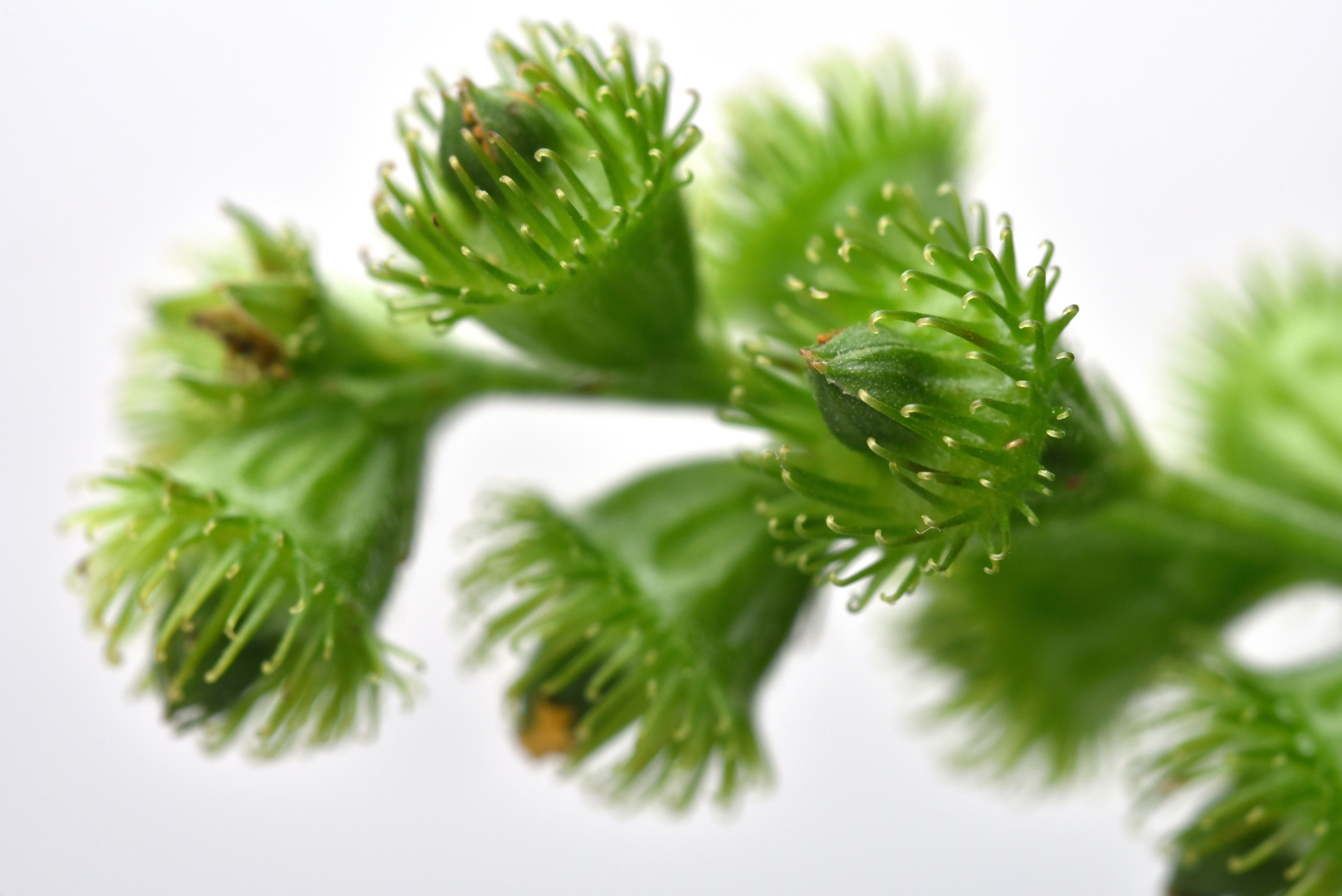UHPLC–MS/MS with In Situ Imaging and Magnetic Fluorescent Ligand Fishing Screens α-Glucosidase Inhibitors
The α-glucosidase inhibitors (AGIs) were isolated from extracts of Agrimonia pilosa Ledeb (APL), which is a perennial herb used in traditional Chinese medicine (TCM).
A new study in the Journal of Chromatography A proposes a magnetic fluorescent ligand fishing approach for the highly selective screening of α-glucosidase inhibitors (AGIs) in the flowering plant Agrimonia pilosa Ledeb (APL). The goal of the research is to gauge the effectiveness of the platform to discover bioactive components in APL and other traditional Chinese medicines (TCMs) (1).
Seed of a Agrimonia pilosa Ledeb. var. japonica | Image Credit: © 聡 足立 - stock.adobe.com

Researchers at the School of Pharmacy within the Shenyang Key Laboratory of Functional Drug Carrier Materials at Shenyang Pharmaceutical University in Shenyang, China combined magnetic fluorescent ligand fishing with in situ imaging by coating CuInS2/ZnS-Fe3O4@SiO2 nanocomposites with α-glucosidase (AG-CIZSFS) as an extracting material and fluorescent tracer (1). Subsequently, the fished ligands were identified by ultrahigh-pressure liquid chromatography coupled to tandem mass spectrometry (UHPLC–MS/MS).
This study outlines that α-glucosidase is essential to the normal functions of living organisms as well as being a key target enzyme for treatment of type 2 diabetes, cancer, and acquired immunodeficiency syndrome (AIDS); conversely, when its activity is absent or inhibited within an organism, that may facilitate infection of those and other diseases by causing glycometabolism disorders (1). Synthetic α-glucosidase inhibitors (AGIs) that help to keep this activity in balance have been observed to have significant side effects such as bloating, gastrointestinal discomfort, and diarrhea. Novel AGIs from natural products are thought to have lower toxicity that minimizes these symptoms.
Traditional Chinese medicines (TCMs), which include the perennial herb Agrimonia pilosa Ledeb (APL), have recently been reported in literature to have α-glucosidase inhibitory effects both in vitro and in vivo, but these authors write that the screening of bioactive components in TCMs is frequently time-consuming and labor-intensive, and so their devised method is intended to both simplify and enhance the process (1). The preexisting pitfalls are, they said, because of both the complexity of chemical components in crude plant extracts, and the low levels of such chemicals typically found therein.
The researchers found that the magnetic fluorescent ligand fishing strategy, coupled with in situ imaging and UHPLC–MS/MS analysis, resulted in the identification of six active compounds for which α-glucosidase inhibitory activity was confirmed—tribuloside, ivorengenin A, tormentic acid, 1β, 2β, 3β, 19α-Tetra hydroxyurs-12-en-28-oic acid, corosolic acid, and pomolic acid (1). From there, the team conducted molecular docking experiments to reveal the binding capabilities of these six fished compounds, from which a suggestion was concluded that hydrogen bonds and both electrostatic and Van der Waals forces contributed significantly to ligand and enzyme bonding behaviors.
In summarizing their work, the authors said the results they achieved proved two things: that the platform they devised could be used successfully to screen complex bioactive materials, and that it specifically offered a window into the makeup and utility of TCMs. While much of the research focused on the ligand fishing mechanism, chromatography and mass spectrometry methods also played a part in quantifying the impact of the ligands which were identified.
Reference
(1) Jiang, X.; Qin, Y.; Wang, X.; Xiong, Z.; Zhao, L. Enzyme Immobilized on Magnetic Fluorescent Bifunctional Nanoparticles for α-Glucosidase Inhibitors Virtual Screening from Agrimonia pilosa Ledeb Extracts Accompanied with Molecular Modeling. J. Chromatogr. A 2023, 1711, 464433. DOI: 10.1016/j.chroma.2023.464433
University of Rouen-Normandy Scientists Explore Eco-Friendly Sampling Approach for GC-HRMS
April 17th 2025Root exudates—substances secreted by living plant roots—are challenging to sample, as they are typically extracted using artificial devices and can vary widely in both quantity and composition across plant species.
Common Challenges in Nitrosamine Analysis: An LCGC International Peer Exchange
April 15th 2025A recent roundtable discussion featuring Aloka Srinivasan of Raaha, Mayank Bhanti of the United States Pharmacopeia (USP), and Amber Burch of Purisys discussed the challenges surrounding nitrosamine analysis in pharmaceuticals.






